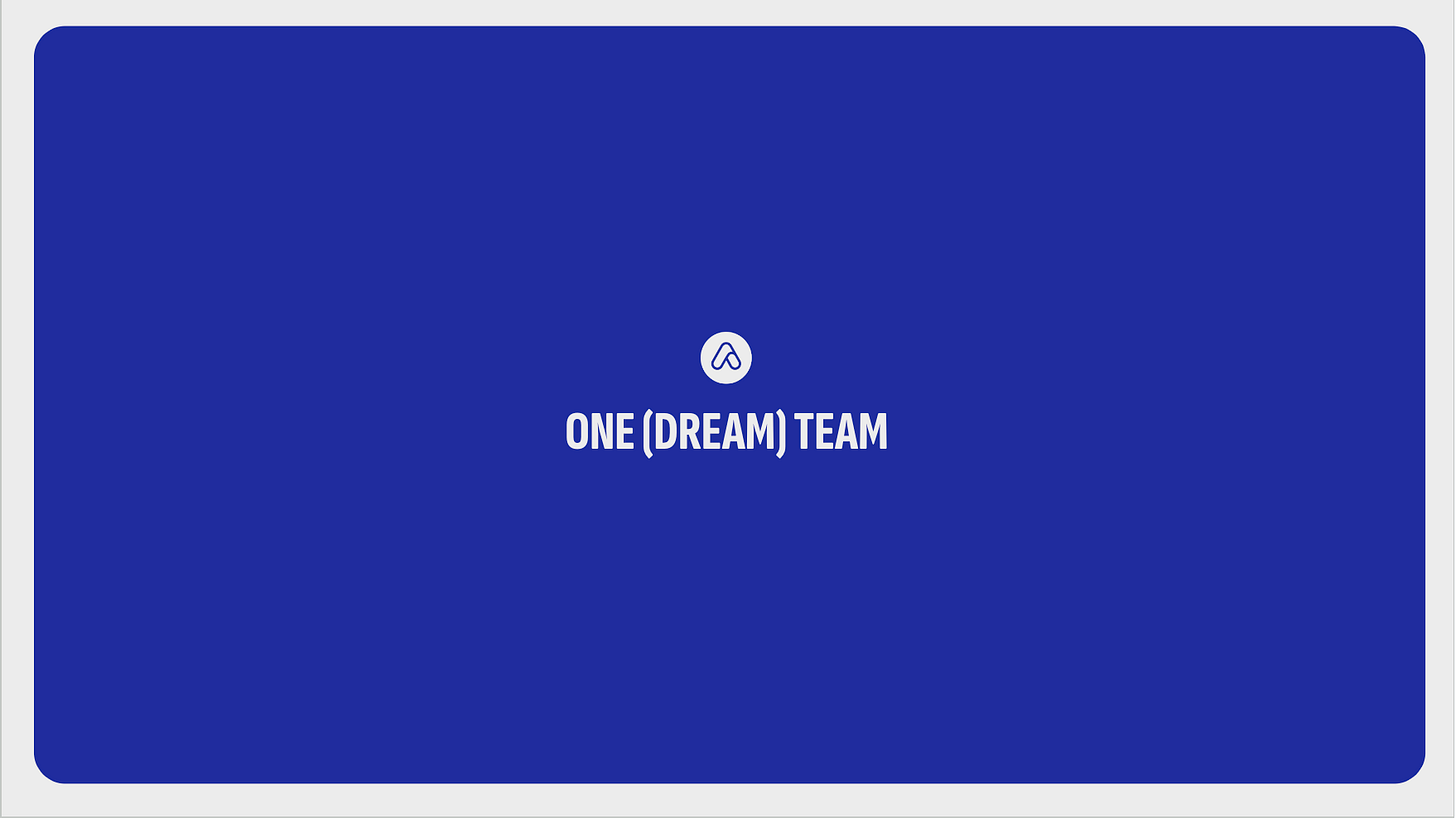Artifact: Building a Unified Team at Amaze
How I reorganized four teams and created a team charter to secure buy-in and educate stakeholders.
I joined Amaze to build up the Product Marketing function. However, three months in, I found myself leading the Product team and up-skilling them into stronger product managers by adding key product marketing skills to their repertoire.
After a year, I was appointed to also lead the Marketing team, which included some employees from the recently dissolved Sam's Club Business Unit. This time, I took a different approach. The team didn't need up-skilling; it needed better organization.
So I decided to reorganize the team to better align business needs and resource gaps with team members' strengths and career aspirations. After listening and meeting with each individual, I mapped the new team.
My main objective with this reorganization was to build and develop a "One Team" that could operate cross-functionally towards common objectives. I aimed to empower the team to focus on delivering outcomes rather than getting bogged down in inputs and busy work, a cultural shift we needed to embrace.
Then I created a team charter to secure buy-in from the CEO and later to educate stakeholders about the newly formed Product & Marketing Organization.
The goal of the charter was to ensure everyone understood the team's purpose and how it fit into the larger organization.
Amaze is a startup, so it's common to see people wearing multiple hats and that was reflected in the charter. For example, I operated at multiple altitudes, from leader to executioner. Danielle led across multiple specialties, and Catherine explored new roles, going on a "safari" to broaden her experience.
Having a team charter provided several key benefits:
Clarity and Alignment: The team charter helped in clearly defining the team's purpose, goals, and responsibilities, ensuring everyone was on the same page and working towards common objectives.
Stakeholder Education: It served as an educational tool for stakeholders, helping them understand the team's role and how it fits into the larger organization, which was key for driving alignment and collaboration.
Motivational Reinforcement: The purpose statements in the charter improved team motivation by providing a clear and uniting mission, reducing ambiguity and duplicity of efforts.
Facilitating Buy-In: By involving team members in the creation of the charter, it fostered a sense of ownership and commitment to the team's objectives.
Note: Team charters should be concise and focused to avoid becoming time-consuming.
Here’s the one I created at Amaze:
Check the full Charter HERE








